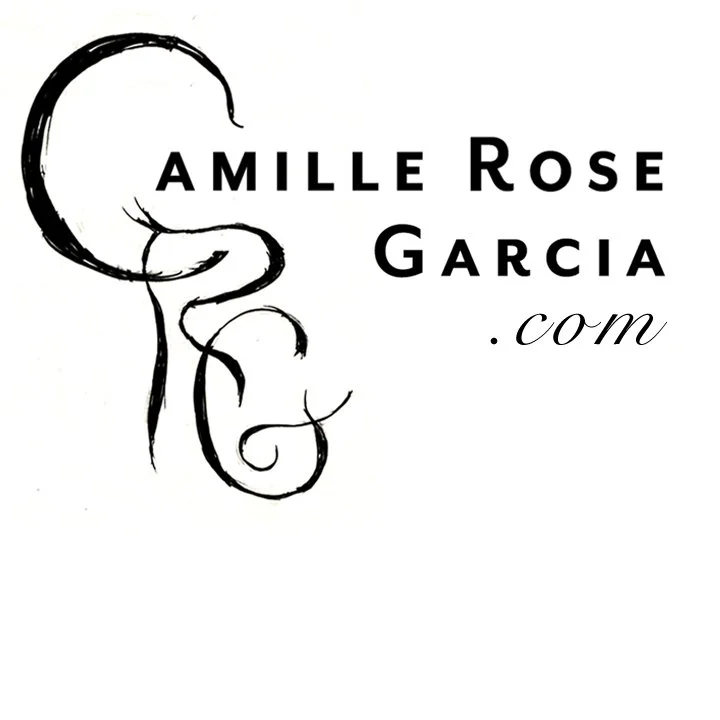Down The Rabbit Hole
Group Exhibition
Walt Disney Family Museum - San Francisco, CA
May 9 - November 3, 2013
A collaboration between curators Alix Sloan of Sloan Fine Art and Noah Antieau of Red Truck Gallery, “Small Indignities” is an upcoming group show that features new works from a diverse crop of established and noteworthy emerging artists — and even some Pop Surrealist royalty. The exhibition will open at Red Truck Gallery in New Orleans on September 13. Influential painters Mark Ryden (HF Vol. 28 cover artist) and Marion Peck will be exhibiting alongside the likes of painter and illustrator Camille Rose Garcia (recently featured in HF Vol. 30), digital artists Ransom & Mitchell, heavy metal quilter Ben Venom, assemblagist Brian Cunningham and many others. With so many artists working in a variety of disciplines, the exhibition is an interesting look at how the spirit of low brow has influenced artists of various styles and generations.
Since its publication in 1865, Lewis Carroll’s Alice's Adventures in Wonderland has been reinterpreted visually in a wide-range of artistic styles and media, including as a Disney animated film in 1951. More than half a century later, artist Camille Rose Garcia has updated the enduring classic with her distinctive illustrations that capture a young girl’s surreal adventures after following a rabbit down a hole. This exhibition features some 40 works by Garcia alongside seven concept paintings for the 1951 film by Disney artist Mary Blair. Down the Rabbit Hole celebrates not only the artistry of these two women across decades and styles, but also the power of art to draw us into magical worlds.
In Garcia’s goth-inspired book illustrations, Alice’s encounters with the March Rabbit, Mad Hatter and Red Queen are shown in quirky renditions of Carroll’s story set against colorful backdrops. With her conscious disregard of perspective or scale in her compositions, Garcia creates a fresh and contemporary depiction of the dreamlike tale.
Garcia’s illustrations draw not only from a goth sensibility, but also the thriving “lowbrow art” movement in Los Angeles and its references to classic cartoons, 1960s TV sitcoms, rock music, and comic books. However, in keeping with Carroll’s intended audience and the spirit of Walt’s film, the illustrations appeal to all ages.
Mary Blair is often credited with introducing modern art to the Disney studio. Her work was very adventurous for the time period (1940s and 1950s) in the use of asymmetrical shapes to illustrate animals and create dynamic and visually compelling scenes. Of the many films she contributed to, Alice most strongly bears Blair’s artistic stamp in its bright colors and all-encompassing imagery.
“Blair and Garcia may have half a century separating them, but they both were carving out new territory. Blair was one of the few women in the animation business; her position a credit to Disney’s foresight. Garcia’s aesthetics have pushed illustration further into the art world and brought it to the attention of a new, younger generation,” says exhibition guest curator Tere Romo.
Garcia has said of their artistic connection: “The original John Tenniel illustrations were always some of my favorites and those were definitely lodged in my head. I wanted to stay true to his vision but I’m so influenced by Disney. I loved the backgrounds in their early movies (Snow White and the Seven Dwarfs and Pinocchio), so I watched a lot of those films to try to get more of a color feel. They were all done in the 1930s with watercolor, which has that very classic touch. Using watercolors referred back to the Tenniel work, but I added a little bit of a modern gothic touch as well. That was my vision for the work.” (Los Angeles Times, 2010)

